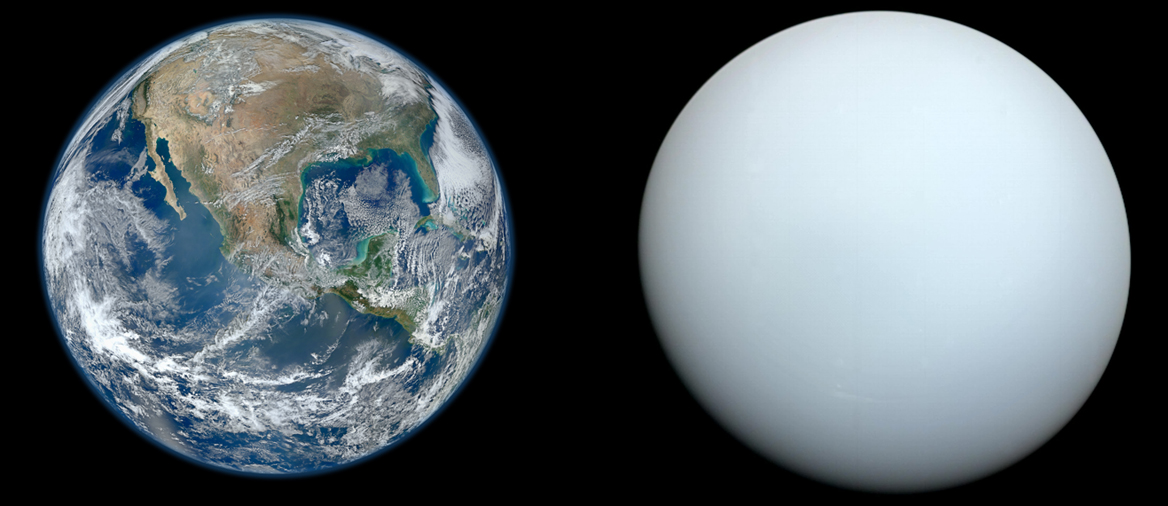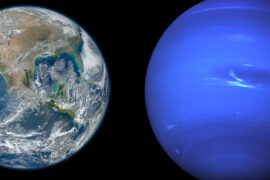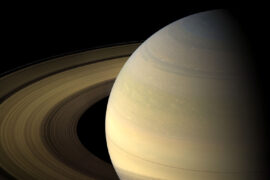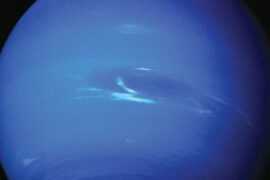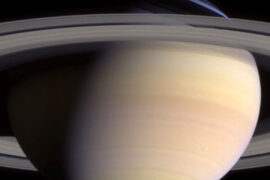Uranus is the second planet that is farthest away from Earth in the Solar system and one of the “ice giants”. As such, it is one of the planets that we have the least information about as it is much harder to study it at such a long distance than Mars or Venus.
As a matter of fact, Uranus wasn’t discovered until 1781, a couple of centuries after the invention of the telescope. Some astronomers had spotted it before that, but none had realized it was a planet and not a star.
With such a large distance between them, is it possible that Earth and Uranus have anything in common? well, it turns out, they do.
In this article, we’ll take a look at the differences and similarities between Earth and Uranus so we can learn more about them as well as all other plants in the Solar system.
Earth vs Uranus comparison
| Earth | Uranus | |
|---|---|---|
| Position in the Solar system | 3 | 7 |
| Distance from the Sun (avg) | 150 million km | 2,900 million km (1.9 billion miles) |
| Radius | 6,371 km | 25,559 km |
| Mass | 5.97237 × 1024 kg | 8.7 x 1025 kg |
| Rotation period (1 day) | 24 hours | 17 hours 14 minutes |
| Rotation speed | 1,674.4 km/h | 9,320 km/h |
| Orbit period (1 year) | 365 days | 84 years |
| Orbital speed | 29.78 km/s | 6.80 km/s |
| Average temperature | 14 °C | -195 °C |
| Surface pressure | 101.325 kPa | unknown |
| Surface gravity | 9.8 m/s2 | 8.69 m/s2 |
| Density | 5.52 g/cm3 | 1.27 g/cm3 |
| Escape Velocity | 11.18 km/s | 21.3 km/s |
| Albedo | 0.367 | 0.3 |
| Satellites (Moons) | 1 | 27 |
| Core | rock | rock, ice |
| Atmosphere | 78% N, 21% O | 82.5% H, 15.2% He, 2.3% CH4, traces of others |
Earth vs Uranus size comparison
The most obvious difference between Earth and Uranus is their size. There is a reason why Uranus is considered an “ice giant”, as it is the third biggest planet in the Solar system. Earth is the fifth largest, but there is a considerable difference between them.
The diameter of Uranus is 4 times larger than Earth’s. That means that in terms of volume, you could fit 63 Earth-sized planets into Uranus,
The following image shows the size difference between both planets.

Earth and Uranus similarities
- Both Earth and Uranus are in the Solar system and orbit around the Sun
- Both planets are spherical despite one being rocky and the other being a gas giant
- Both planets have cleared their orbits of any other large objects
- Both Earth and Uranus are about the same age. They formed around 4.5 billion years ago.
- Both planets are blue, although for different reasons
- Both planets have atmospheres
- Both planets have magnetic fields and magnetospheres
- Both planets have hydrocarbons. Scientists used to believe that these could only be generated on planets with biological life. Small quantities of these have been found on Uranus but it is believed that in that planet, they were generated through a process called hydrolysis.
- Earth and Uranus both have seasons
- Both planets experience storms and winds.
- Earth and Uranus have natural satellites. Earth only has one, the Moon, while Uranus has 27.
- Despite their mass and size difference, the gravity of Earth and Uranus is very similar. This is due to Uranus’s low density. If Uranus has a solid surface you could more or less walk normally on it (with a spacesuit, of course).
- Both planets have a solid, rocky core.
- Uranus has aurora borealis like Earth. As a matter of fact, they are so prominent that the Hubble telescope is able to spot them. They were helpful in identifying the planet’s magnetic poles.
Earth and Uranus differences
- Uranus is much bigger than Earth. It has a diameter 4 times larger. That means that you could fit 63 Earths into just one Uranus.
- Uranus rotates much faster than Earth. As a result, despite its larger size, one day in Uranus lasts only a bit more than 17 hours.
- Earth rotates counter-clockwise like most of the planets. Uranus rotates almost on its side, probably due to an impact with another planet in the early days of the Solar system.
- Earth travels through its orbit 4 times faster than Uranus. This is why it takes Uranus 84 years to complete just one orbit around the Sun.
- Earth is a rocky planet with a solid surface. The planet Uranus is made out of gas and doesn’t have a surface to stand on.
- Uranus is almost 20 times farther away from the Sun than our planet.
- As a result of its distance to the Sun, Uranus is extremely cold. The average temperature on its outer layer is -195 °C (-319 °F)
- Earth is the densest planet in the Solar system. Uranus is the second least dense planet, only behind Saturn.
- Due to its unique sideways rotation, Uranus’ magnetic poles are found on its sides.
- Earth is mostly blue due to its liquid water oceans. Uranus is blue because of the methane in its atmosphere
- Uranus has more natural satellites than Earth. Earth only has one Moon, while Uranus has 27 (and possibly more that have yet to be discovered).
- The composition of the planet’s atmosphere is very different. Earth’s is mostly made of nitrogen and oxygen while Uranus’ is full of hydrogen and helium.
- Uranus has rings like Saturn, but they are much smaller and can’t be observed from Earth. Earth doesn’t have any rings.

